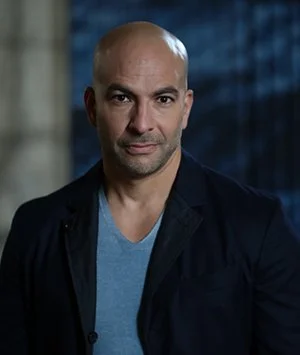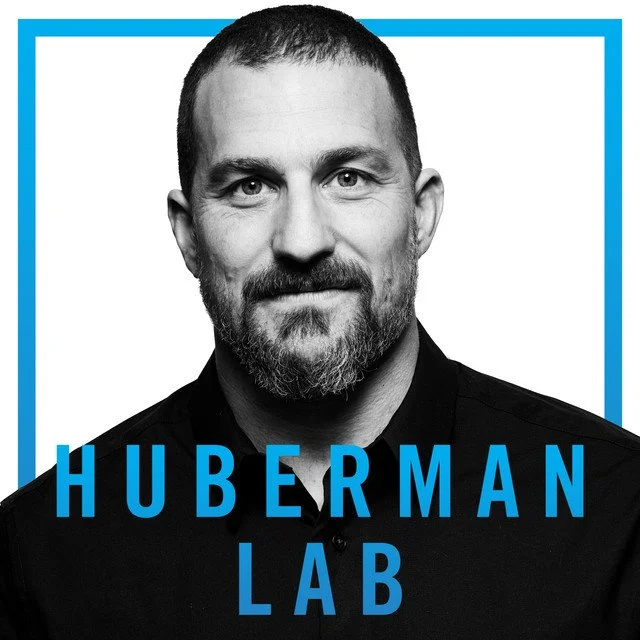
Move
The few remaining hunter gatherer tribes left on the planet all move a lot, often walking and running 7-10 miles in a day. They are all very physically fit out of necessity, and maintain high levels of fitness and activity throughout their life. Many observers have been amazed by their endurance, and note they had a hard time keeping up with them when accompanying them on hunts. Regular exercise is one of the best things we can do to improve health and longevity.
Your #1 Anti-Aging Strategy
The evidence is overwhelming. Movement and exercise top the list of things you can do to live healthier and longer. Studies have shown that people who don’t exercise at all face the highest risk of early death. Those who exercise a little, less than 150 minutes a week, reduced their chance of early death by 20%. People who did 150 minutes of moderate exercise weekly enjoyed a 31% lower risk of dying than those who never exercised. The greatest benefits came to those who exercised moderately, mostly by walking, for 450 minutes a week, a little more than an hour a day. These people were up to 39% less likely to die prematurely than those who never exercised. It’s interesting to note that over 450 minutes of moderate exercise didn’t show any increased health or longevity benefits.
Other studies focusing on exercise intensity rather than time spent exercising. People who spent at least 30% of their weekly exercise time in more intense, vigorous activities were 9% less likely to die prematurely than those who exercise moderately for the same amount of time. All the research suggests that you need a minimum of 20 minutes a day of structured exercise a day, assuming you don’t spend the rest of the day sitting down. Exercising intermittently and randomly doesn’t confer anywhere near the same benefits of regular exercise. While moderate exercise like walking does show health and longevity benefits, it doesn’t come close to the benefits of high intensity exercise, also known as HIT. There are 2 types of HIT that have been proven to confer dramatic health benefits: Resistance training and high intensity cardiovascular training.
Resistance Training
Resistance or weight training is the undisputed winner when it comes to the anti-aging benefits of exercise. As we age our muscles become smaller and weaker. This is known as “sarcopenia”, and a key part of this decline occurs in your muscle cell’s mitochondria, the primary engines of energy production in your body. A 2017 study showed that just 6 months of progressive resistance training (lifting heavy things) dramatically slowed and even reversed the aging of mitochondria. Even at 70 years old participants were able to improve muscle strength by 50%. Seniors in the study were able to close the strength gap between themselves and people 40 years younger. Muscle biopsies from study participants showed a reversal of the expression profile of 179 genes associated with exercise and aging. Genes that were downregulated with age were upregulated with exercise, while genes that were upregulated with age were downregulated with exercise. The researchers reported: “ Healthy older adults show a gene expression profile in skeletal muscle consistent with mitochondrial dysfunction and associated processes such as cell death compared with young individuals. Moreover, following a period of resistance exercise training in older adults, we found that age associated transcriptome expression changes were reversed, implying a restoration of a youthful expression profile.” This confirms that resistance training can actually reverse the aging process! Older adults who did strength training at least twice a week had a 46 percent lower odds of death for any reason than those who didn’t. They also had 46 percent lower risk of dying from cardiac problems and a 19% lower risk of dying from cancer. Resistance training can include lifting weights like barbells, kettle balls, and dumbells. This is called free weight training, and has been proven to be more effective than using weight machines. It can also include resistance band training, and body weight training.
High Intensity Cardiovascular Training
A 2014 study found that the minimum effective dose for maintaining cardiovascular fitness is five four minute sessions of cardiovascular exercise (like a stationary bike, treadmill, or sprints) at 87 to 97% of your maximum heart rate. Avoid what is known as “chronic cardio exercise” like regularly spending time on a treadmill, stair climber, jogging or exercise bike. Chronic cardio exercise can actually harm you, and does not give you the same benefits and high intensity exercise. You can combine high intensity aerobic training with resistance exercise by doing “Tabata sets”: four minutes of going all out for twenty seconds, resting twenty seconds and repeating. You can do a variety of activities this way including sprints, exercise bike, rowing, squats etc. Studies show that compared to doing 30 minutes of steady state treadmill exercise, Tabata exercise at 16 minutes a week showed massive improvements in muscle endurance and aerobic capacity.
Peter Atilla M.D. is a leading expert on health and longevity. Listen to his very comprehensive discussion on exercise here.
Dr. Andrew Huberman is a medical doctor and neuroscientist at Stanford. Listen to his podcast about how exercise impacts longevity and the brain here. You’ll learn lots of practical things you can do to optimize fitness as well as your mind-body connection.
Also from Dr. Huberman, discover how exercise can increase your level of motivation, help depression, and break bad habits.


